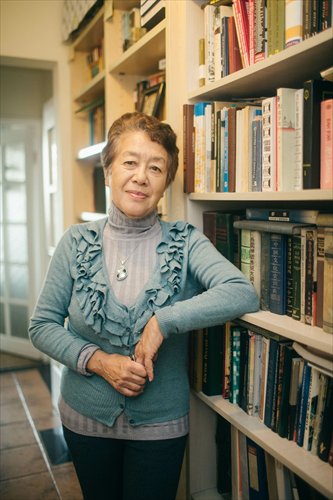Seminar: Ideals of Miscegenation: Ethnicity, Sexuality, and the Chinese Ideology of “Region”Posted in Anthropology, Asian Diaspora, Live Events, Media Archive, Religion on 2016-12-03 22:56Z by Steven |
Seminar: Ideals of Miscegenation: Ethnicity, Sexuality, and the Chinese Ideology of “Region”
University of Sydney
Old Teachers College
Room 310
Sydney, New South Wales, Australia
2016-12-05, 14:00-15:30 AEDT (Local Time)
Ha Guangtian, Postdoctoral Research Fellow
SOAS China Institute, London, United Kingdom
While the word “miscegenation” normally carries a strongly negative connotation in the history of Western racial politics, in this talk, I use the word to describe an emergent political ideology in China that taps into the underlying assumption of one of the most essential state institutions in the governance of China’s ethnic minorities, namely, ethnic regional autonomy. Two aspects of this assumption will be the focus of my talk: its alleged facilitation of inter-ethnic and cross-cultural economic exchange and commercial flow on the one hand, and its often unspoken yet ever present intention in “consummating” this political economic arrangement with a correlated sexual arrangement, typified by inter-ethnic marriage, on the other. Rather than speaking merely at the general level, however, I choose to examine the ramifications and metamorphosis of this ideology among the elite Hui Muslim intellectuals, a group that include both university professors, think-tank researchers, and government officials. The Hui elites have been among the most enthusiastic proponents of this ideology, due particularly to their understanding of who the Hui are and how they came into being as an ethnic group. This historical presumption receives a new meaning under the “One Belt One Road” initiate. The presumptively “miscegenous” ethno-origin of the Hui is seen to offer them a critical edge in fostering a cross-cultural and cross-ethno-national perspective. This perspective, moreover, fits into a general ideology centred on a certain conception of “region” that is being formulated across different academic disciplines and political discourses in contemporary China. In many respects, this not only raises new issues of political re-alignment – or predictions of a new “great game” – in Eurasia, but also poses new challenges for theoretical critique. For the old criticism of racial, cultural, or ethnic essentialism, dear to leftist intellectuals in the 1980s and 1990s, is barely sufficient to address this new change – if anything, it plays right into its hands. By taking the Hui as an example, this talk tries to respond to this challenge at the level both of theory and of politics.
For more information, click here.


